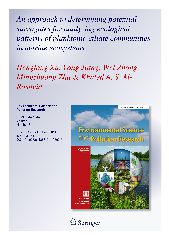摘要
Introduction In order to identify a potential surrogate of planktonic ciliate communities for marine bioassessments and evaluating biological conservations, the different taxonomic/numerical resolutions and taxa as surrogates were studied in Jiaozhou Bay, northern China during a 1-year cycle (June 2007-May 2008).
Materials and methods Samples were collected biweekly from a depth of 1 m at each of five sites. A range of physicochemical parameters were also measured in order to determine water quality.
Results The genus- and family-level resolutions maintained sufficient information to evaluate the ecological patterns of the ciliate communities in response to environmental status. The non-loricate oligotrichous ciliate assemblages in both abundance and occurrence may be used as a surrogate of planktonic ciliate communities. Heavy data transformations were an optimal strategy for the species level of planktonic ciliates, while mild data transformations were for the higher. The ordination patterns based on species biomass, occurrence, and biomass/abundance ratio matrices were significantly consistent with that of species abundance data.
Conclusion The results suggest that the use of simplifications at both taxonomic and numerical resolutions are time-efficient and would allow improving sampling strategies of large spatial/temporal scale monitoring programs and biological conservation researches in the marine ecosystem with a relative paucity of scientists.
- 出版日期2011-9
- 单位中国海洋大学
